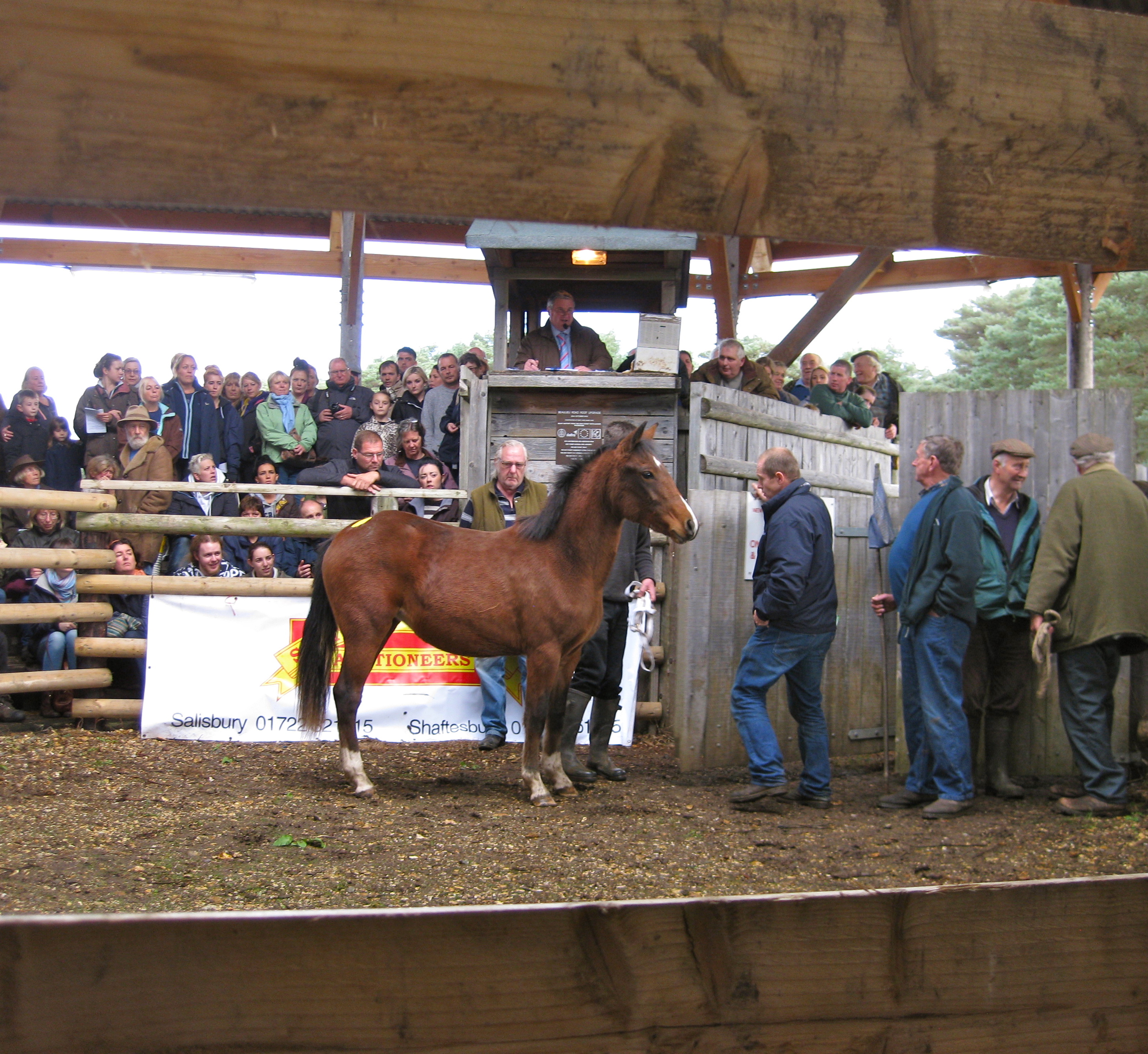
In times past many New Forest ponies were sold for working in the mines.
I was interested in a recent news item (June 2014) that reported the potential re-opening of mines in Cornwall. The demand for metal in China and the developing world has inflated the price of tin making its recovery more profitable. Cornish mine owners are being tempted to revive an industry that was abandoned as uneconomic decades ago. Apparently the owners of some coalmines are also undertaking the same deliberations.
Relentless toil performed by ponies
Mining was an industry that was very labour intensive and ponies were recruited to work alongside the men deep underground. Thousands of New Forest ponies were among the ranks of other native breeds, including Shetland, Welsh and Dartmoor ponies to work in this demanding and dangerous industry. Pit ponies were not allowed to work in the mines until they were four years old and only stallions or geldings were generally used. They had to be sure-footed and strong, to cope with the heavy, relentless work. The temperament of the pony was very important, a good pit pony had to be even-tempered and gentle, as wilful or spirited horses were a danger to the drivers and could cause injuries to themselves and others, possibly with fatal results. New Forest ponies, with their easy-going manners and versatile natures, were ideally suited to the harness work required in the mines. Consequently the buying agents from the coalmines were regular visitors to the New Forest pony sales.
The treatment of the ponies
What you hear about the treatment of the ponies, as they toiled underground, will depend very much upon whom you speak to. The official version from the privatised mine owners, and then the nationalised Coal Board, would prefer you to believe that the health of every single pony was carefully monitored and that their well being was paramount. The miners themselves tell different and sometimes harrowing stories where profit was paramount not ponies. What is without dispute, however, are the strong bonds established between the miners and the ponies. Many stories are recounted of ponies saving miners and miners losing their lives to save their ponies during underground fires, cave-ins or other traumatic incidents.
Thousands of pit ponies working underground
According to the National Coal Mining Museum for England, the number of working ponies reached a peak just before World War I, with 70,000 ponies in 1913. After this the number declined, initially due to the demands of the War, and after that, because of the machinery that was being introduced. This meant that by 1932, only 32,000 ponies were used by mines. In 1947, the coal industry in the UK was nationalised. This made the process of modernisation quicker, and so fewer ponies were needed to labour underground. By 1962, only 6,400 ponies were used underground, and the number continued to drop. In 1978 there were only 149 ponies employed to work underground. A very small number of mines continued to employ ponies until the 1990s.
Reawakening of the mines
When the pits closed the mining communities were devastated. Many generations of the same families had worked underground. Mining provided social and cultural identity as well as food on the table. The reawakening of the mines will certainly have implications for the communities that relied upon the jobs and economic benefits provided by mining. I will watch with interest to see if the same reawakening has an impact on the demand for New Forest ponies to be, once more, colleagues and companions to the miners.



You must be logged in to post a comment.